About the project
With "Planet Africa - Archaeological Time Travel", an exhibition is being created that is fascinating not only in terms of content. It will kick off in 2024 with the opening at the Museum für Vor- und Frühgeschichte (MVF) Berlin and the University Museum of Accra, Ghana. After that, the exhibition will tour throughout Germany and be shown in parallel at four locations on the African continent, where it will be overseen by local committees. "Planet Africa" is being created under the direction of Jörg Linstädter (KAAK) with the support of Wazi Apoh (University of Accra), Gerd-Christian Weniger (University of Cologne), the MVF Berlin and a large number of African and German archaeologists. The exhibition is based on the research results of the DFG priority program "Entangled Africa". African street artists will be involved, creating illustrations for the individual thematic modules. The exhibition is funded by the Federal Foreign Office of the Federal Republic of Germany and the German Research Foundation (DFG).
Africa has the longest and most exciting history of humans and their ancestors on our planet and thus a unique cultural heritage. This extraordinary history is presented in six modules. It ranges from the first representatives of the genus Homo to the more recent development of new cultural techniques and nutritional strategies that have been carried from Africa to the whole world. In this way, the panorama of a continent emerges that fascinates with its natural diversity and which, with continuous (environmental) changes, adaptation processes and migratory movements, has always required new survival strategies. In addition to archaeological finds, images and written signs provide comprehensive testimony to the arts, crafts, technology and environment of times long past - and to the connections between humans across enormous distances. Excavations of settlements and urban centers reveal social and political structures, for a condensed coexistence, while at the same time large-scale nomadic ways of life existed. In addition, the modern use of ancient knowledge and the archaeological exploration of their own past by the African researchers and artists involved in the research projects and the exhibition are shown. Thus, the exhibition also explores the capacity of archaeology to serve as a unifying link for pan-African commonality and intercontinental connectedness.
The modules
The minds behind the idea

249 Writers
Artist Khartoum
Key Visual

Mame Afua Mensah
Artist Accra
Key Visual

Wazi Apoh
University of Accra
Curator
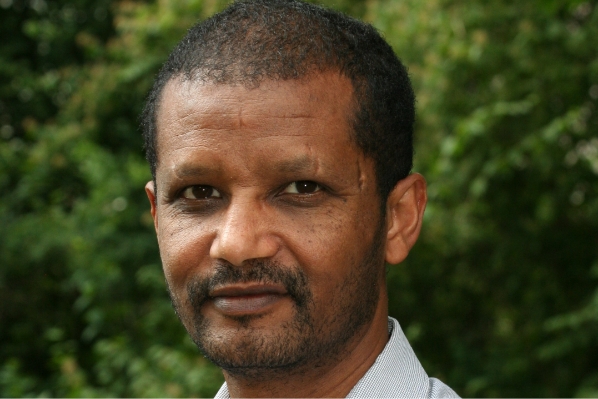
Asrat Asfawossen
University of Addis Ababa
Research
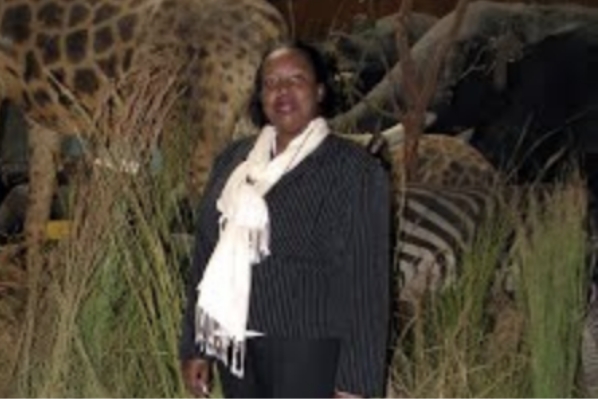
Lucilia Chuquela
Maputo Natural History Museum
Maputo Local Committee

Michéle Dinies
SPP 2143 „Entangled Africa“
Research

Ewa Dutkiewicz
Staatliche Museen zu Berlin – Stiftung Preußischer Kulturbesitz
Curator

Verena Förster
University of Cologne
Research

Nick Gestrich
SPP 2143 „Entangled Africa“
Research

Tobias Haarhoff
notwendiges übel
Design

Alexa Höhn
SPP 2143 „Entangled Africa“
Research

Philipp Hölzmann
SPP 2143 „Entangled Africa“
Research

Friederike Jesse
SPP 2143 „Entangled Africa“
Research
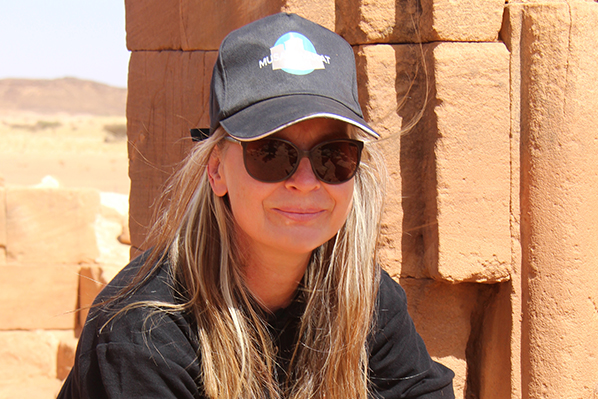
Cornelia Kleinitz
Commission for Archaeology on Non-European Cultures (KAAK)
Research

Tilmann Lenssen-Erz
University of Cologne
Research

Jörg Linstädter
Commission for Archaeology on Non-European Cultures (KAAK)
Project leader
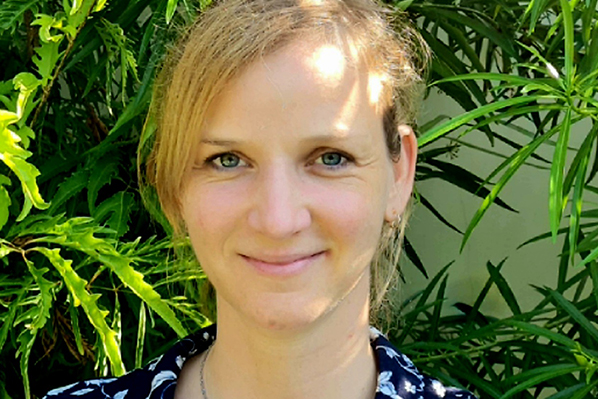
Jana Lombard
German Embassy Maputo
Lokalkomitee Maputo

Florian Lukas
SPP 2143 „Entangled Africa“
Research
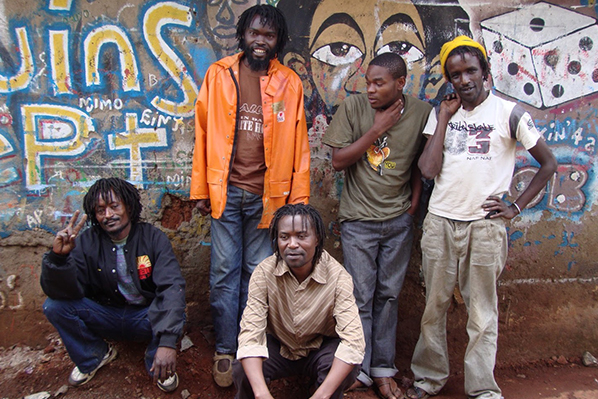
Maasai Mbili
Artist Nairobi
Key Visual

Rufus Maculuve
Maputo Municipal Cultural Centre
Maputo Local Committee

Carlos Magnavita
SPP 2143 „Entangled Africa“
Research

Steven Matthews
SPP 2143 „Entangled Africa“
Research

Décio Muianga
University Eduardo Mondlane, Maputo
Maputo Local Committee

Sansão Nhantumbo
Artist Maputo
Key Visual

Ulrike Nowotnick
SPP 2143 „Entangled Africa“
Research
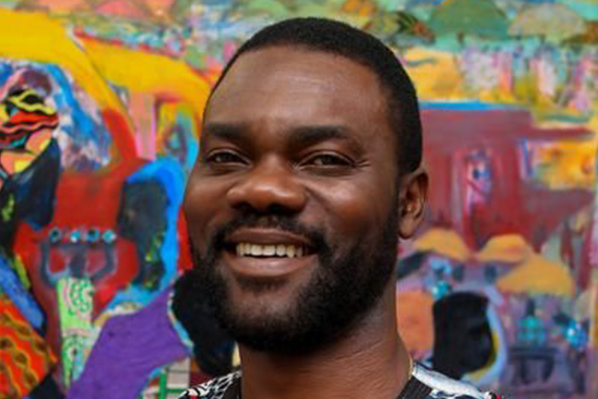
Enotie Ogbebor
Artist Benin City
Key Visual

Diogo Oliveira
Williams and Mary University Williamsburg
Research

Ed Oner
Artist Rabat
Key Visual

Götz Ossendorf
University of Cologne
Research

Dimitri Preiß
notwendiges übel
Design

Richard Rillinger
notwendiges übel
Design

Miriam Rotgänger
Commission for Archaeology on Non-European Cultures (KAAK)
Project coordinator

Julian Ruddock
Aberystwyth University
Chew Bahir Projekt
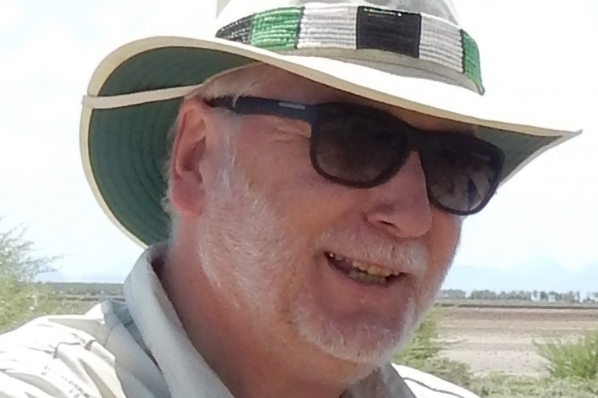
Frank Schäbitz
University of Cologne
Research

Henning Schreiber
University Hamburg
Research

Johanna Sigl
Commission for Archaeology on Non-European Cultures (KAAK)
Project coordinator SPP 2143

Max Spreen
notwendiges übel
Design

Minassie Tekelemariam
University of Cologne
Research

Philipp von Rummel
German Archaeological Institute
Tunisia Local Committee

Matthias Wemhoff
Staatliche Museen zu Berlin – Stiftung Preußischer Kulturbesitz
Curator

Gerd-Christian Weniger
University of Cologne
Curator

Hans-Peter Wotzka
SPP 2143 „Entangled Africa“
Research
News
-
28. April 2023 Planet Africa - An exhibition on two continents
With big steps towards the construction of the exhibition - Accra and Maputo
After long months of planning and many meetings we can announce today that the exhibition "Planet Africa - Archaeological Time Travel" will open in Africa in Maputo (Mozambique) and Accra (Ghana). Wazi Apoh, second curator of the exhibition, already signed the cooperation agreement with Jörg Linstädter from the German Archaeological Institute for the collaboration in Accra in March. In Accra, Planet Africa will be on display in the exhibition rooms of the University of Ghana.
In the last week of April, Décio Muianga visited Bonn. Décio is an archaeologist and studied at the Eduardo Mondlane University in Maputo. Currently he is working at Uppsalla University in Sweden. On April 27, 2023, we sat down with him and talked intensively about the realization of the project in Maputo. The highlight of the meeting was the signing of the cooperation agreement. The exhibition will open in Maputo in the middle of 2024 in the Natural History Museum.
Until then, there is still a lot to be done! In Germany, Maputo and Accra, the exhibition boxes will be built this year. The construction of the three other African locations will then take place in early-mid 2024.
We are excited about the coming months of the project and will keep you up to date!
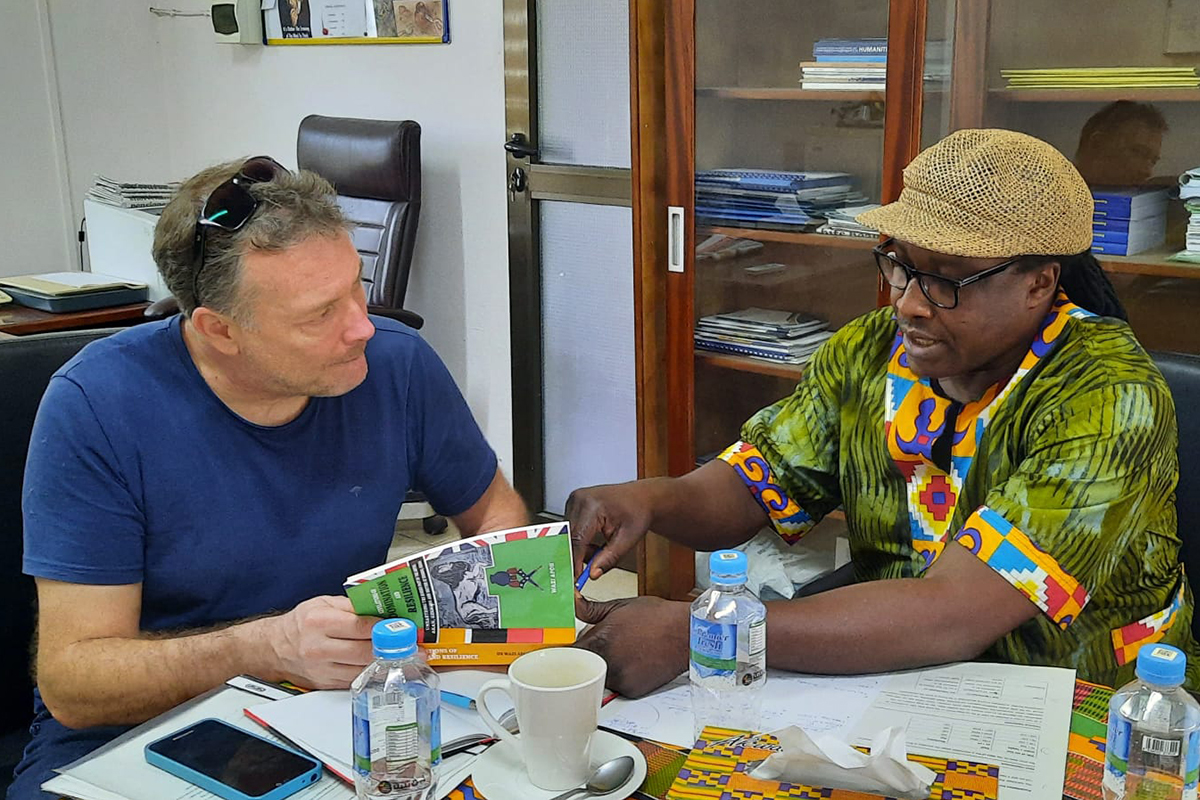
Jörg Linstädter (left) and Wazi Apoh (right) sign the cooperation agreement between the University of Ghana and the German Archaeological Institute in Accra (Photo: Jörg Linstädter).

Décio Muianga signs the cooperation agreement between Eduardo Mondlane University and the German Archaeological Institute in Bonn (Photo: Miriam Rotgänger).
-
21. August 2022 Open Day at the Federal Foreign Office
After two years of corono break, the German government invited again to the Open Day. On August 20 and 21, 2022, interested visitors had the opportunity to visit the Federal Ministries, the Federal Press Office and the Chancellery and to get an insight into the work of the German government. In the German Foreign Office, we, the team of the Planet Africa exhibition, presented the two exhibition boxes the second time. We already kicked off with the two boxes at the GROUNDCHECK conference in June 2022. At this climate conference, we were already able to lively discuss the exhibition design with the expert audience and collect suggestions and feedback. But now we were finally able to present the two boxes to a broad audience - we were eagerly awaiting the opinions of the many visitors weeks in advance.
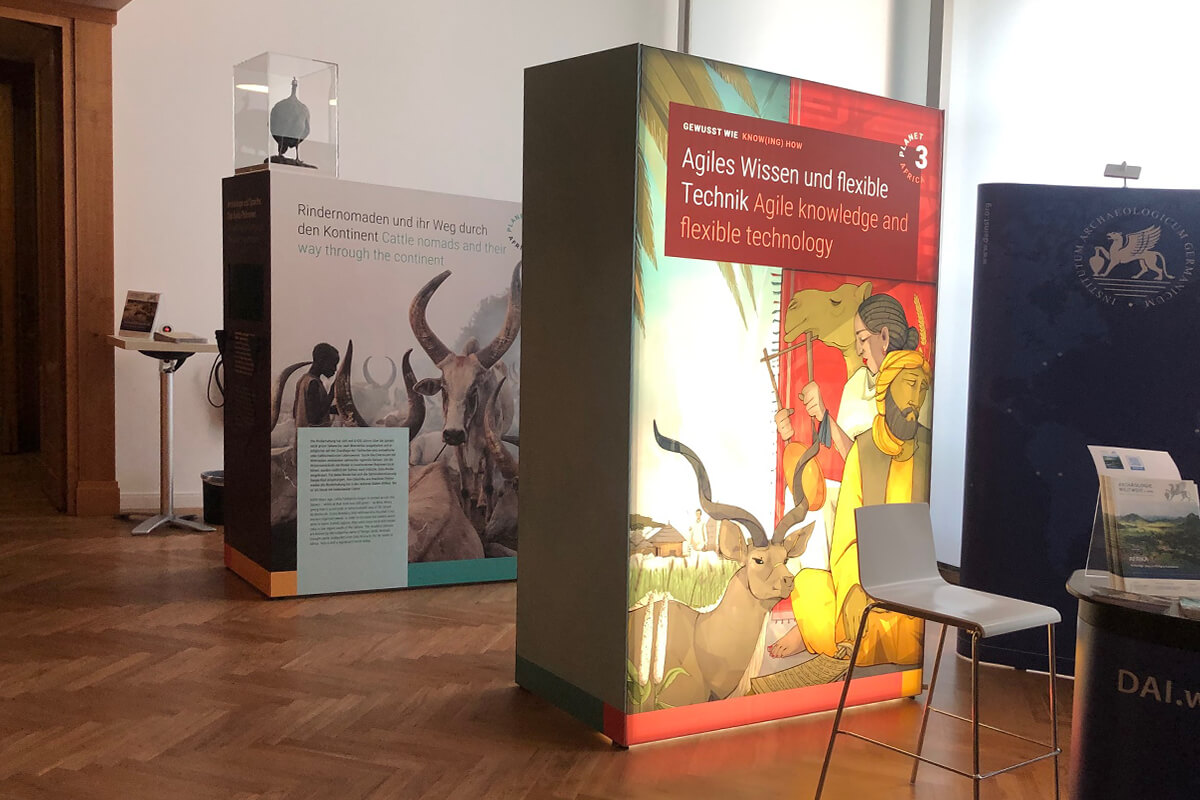
The Planet Africa stand at the Open Day at the German Foreign Office in Berlin.
The set-up already took place on Friday. Early in the morning at 8 a.m. Miriam met with the two exhibition builders and Nicole from the DAI in front of the German Foreign Office to dismantle and set up the boxes. Since the climate conference, the two boxes were located in the office building of the German Foreign Office and had to be transported from there to the World Hall. Everything went smoothly and already in the early afternoon Gerd and Johanna arrived in Berlin. Over a relaxed dinner, we discussed how we wanted to conduct the interviews, what questions we wanted to ask and wondered how many visitors would come. On Saturday, a long queue formed in front of the Foreign Office from half past nine, half an hour before admission. Now we were able to have a look at the more than 60 other stands for the first time. There was something for everyone: Live connection to the Arctic, photo printouts, cultural goods rescuers and of course the stand of the Planet Africa exhibition and the DAI! At every corner you could experience something, learn and also pick up the one or other cool jute bag! The whole thing was accompanied by live music.

The great illustrations of the cinematic invited many visitors to take a moment to learn more about Agile systems.
Once we arrived at our stand, we prepared for the first visitors: connected the monitors to the power and laid out flyers. Besides the cinematic, which is shown on the big box and introduces the topic "Gewusst wie - Agiles Wissen und flexible Technik", we also showed the pilot film on a big screen. Shortly after 10 a.m. the first visitors arrived at our booth and we conducted some interviews this weekend. We asked everyone the same questions: What is the first thing that comes to your mind when you think of Africa? Are you already familiar with African cultural sites or finds? How did you like the first two boxes of the exhibition? The same terms often came up: Biodiversity, scenic diversity, destination, Egypt, pyramids.... However, most visitors agreed: actually, we know far too little about this huge continent, its diversity and archaeology! Everyone was enthusiastic about the exhibition concept. Especially the interaction of reading texts, great photographs and media was highly praised. It was a great weekend with interested conversations. We were able to gather a lot of new input and are already looking forward to sharing more content with you and to keep you updated. Until the exhibition opens in 2024 in the James Simon Gallery of the Museum of Pre- and Early History in Berlin, the two presentation boxes will be located in the bright and spacious hallway of the Archaeological Center, Berlin. Zentrums, Berlin.
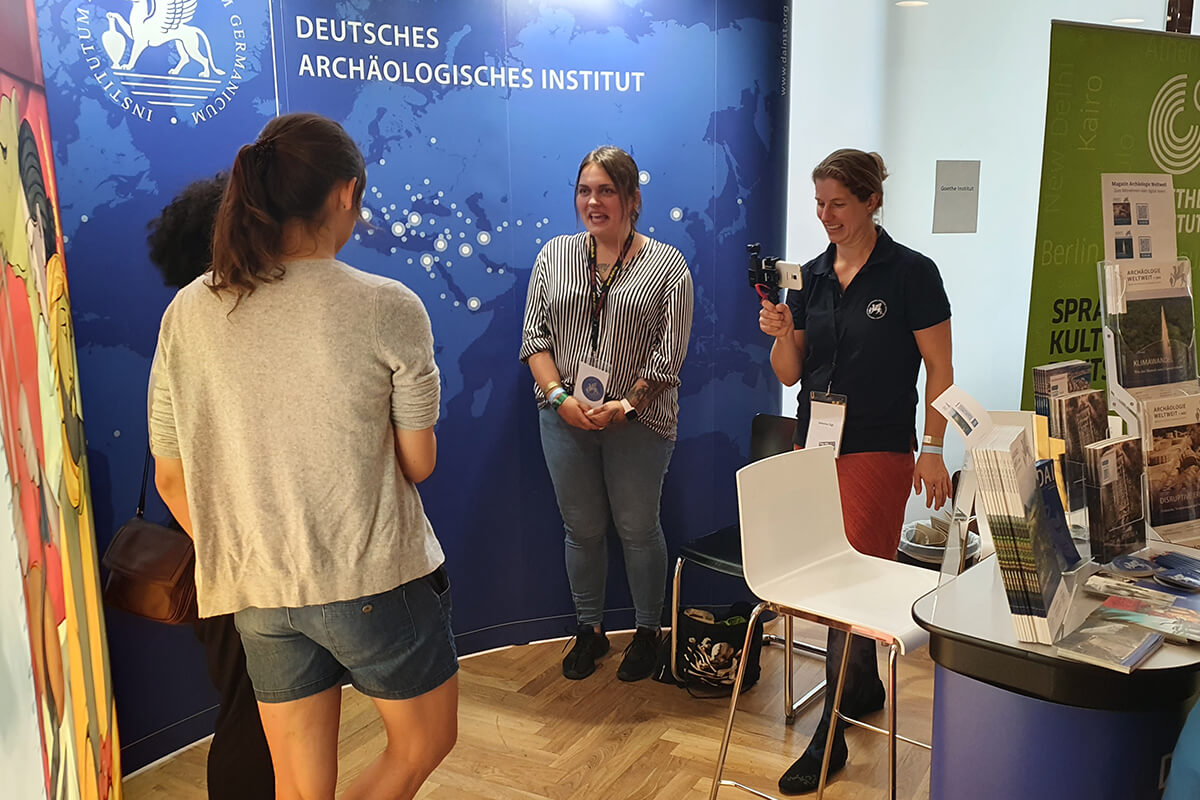
We conducted several interviews with visitors. It was exciting to learn what they already know about Africa and what they think of our exhibition concept.
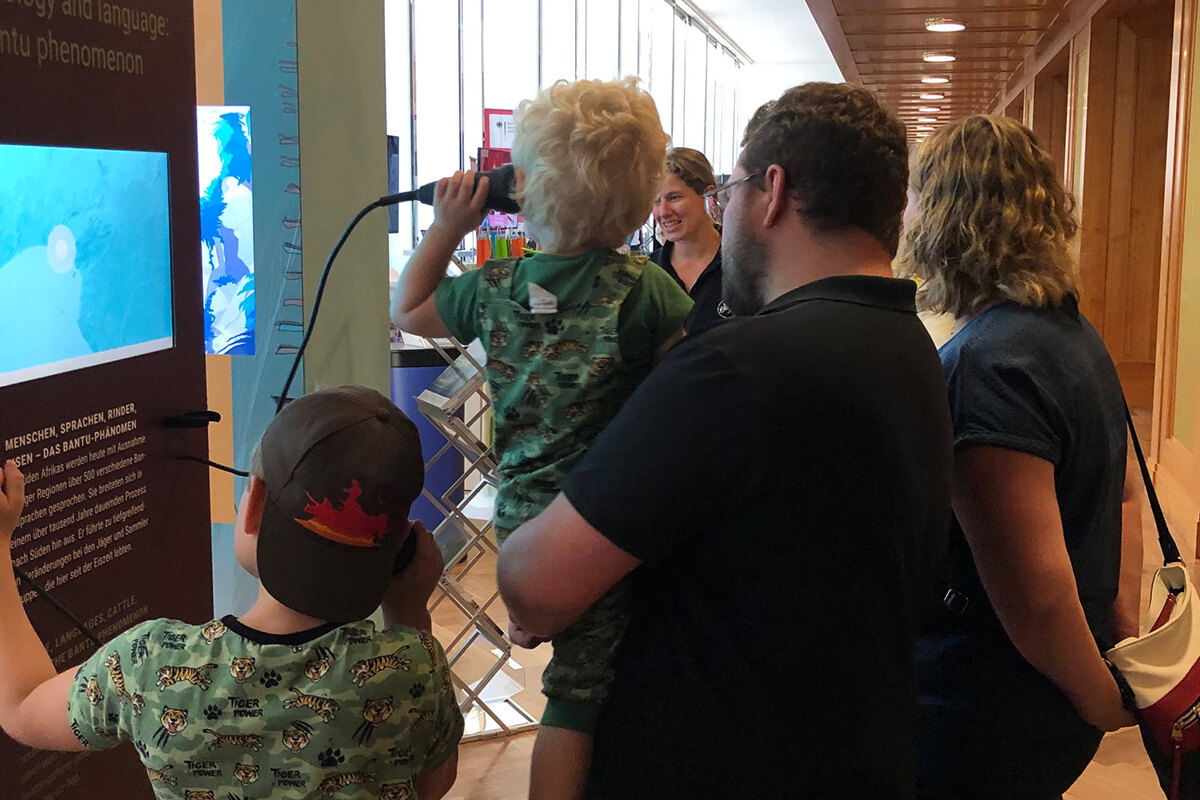
The exhibition Planet Africa is for young and old!
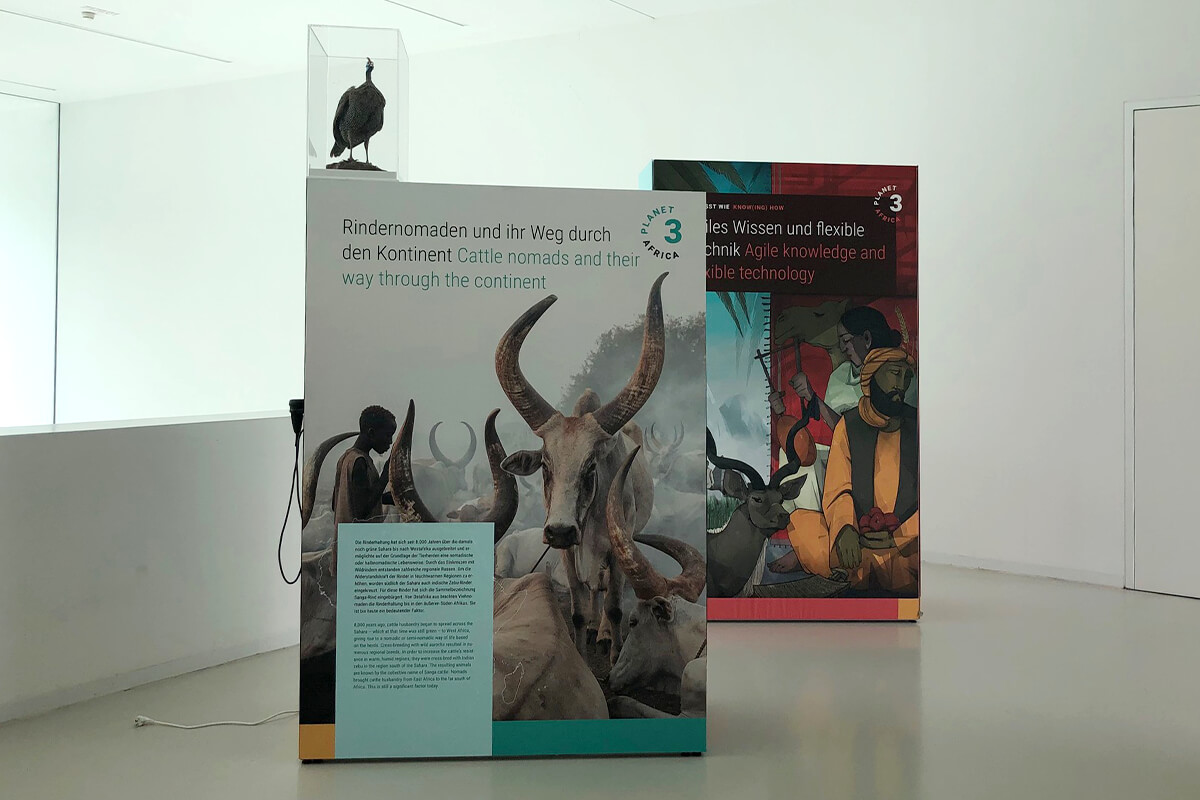
In the Archaeological Center in Berlin, the two presentation boxes are waiting for the exhibition opening in 2024.
-
21. June 2022 GROUNDCHECK 2022
On June 01, 2022, the Planet Africa team traveled to Berlin to set up the presentation boxes for the international conference "GROUNDCHECK - Climate, Crisis, Archaeology" at the German Foreign Office together with the exhibition construction company Blank from Hilden. At 1:30 p.m. the team arrived in Berlin and first checked in at the hotel, from where they proceeded directly to the World Hall of the Federal Foreign Office. At 3:00 p.m. the setup started. Ewa joined us from the Museumsinsel and our media agency "notwendiges übel" from Düsseldorf also took the opportunity to be present at the premiere of the first stelae. We had a lot to do until the evening and the day ended nicely at the Hackescher Hof restaurant.
The next morning started early. The official admission to the conference started at 07:30, the program then at 09:00. The conference aimed to combine archaeological data with results of scientific disciplines in order to understand today's climate change with the help of the past. First traces of man-made climate change can be found archaeologically already with the Neolithic (the first farmers). At that time, people had enough time to adapt to environmental changes. A time that we no longer have today. In the concluding panel discussion, the scientists got into conversation with politicians. One thing was clear afterwards: Archaeology not only has the task of reconstructing human history, but also has the potential and responsibility to contribute to the understanding of current climate change.

GROUNDCHECK conference in the World Hall of the Federal Foreign Office in Berlin (Photo: Jörg Linstädter).
In an adjoining room of the World Hall, a wide variety of project stands were set up: including the two stelae of the Planet Africa exhibition. Besides the boxes, the pilot film was presented, which is also available on the website. The interest in the boxes and especially the animated films was huge and the feedback very positive. An eye-catcher was also the helmet guinea fowl, which was enthroned above one of the stelae.
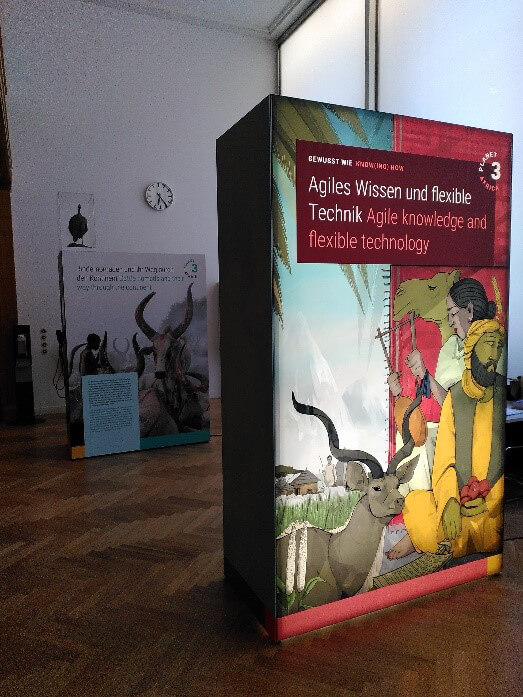
Two presentation boxes of Module 3: introductory box and thematic box (Photo: Jörg Linstädter).
On Friday after the conference, Jörg and Miriam visited the Neues Museum in Berlin together with Ewa. In the upper exhibition rooms: the Red Hall and the Berlin Room, the traveling exhibition Planet Africa is to celebrate its premiere in 2024. With the two completed boxes in mind, we could easily imagine how the exhibition could be set up in the rooms and the whole exhibition project became even more real for everyone involved. To conclude our trip to Berlin, we took a look at the permanent exhibition and the special exhibition "Schliemann's Worlds. His Life. His Discoveries. His Myth." The special exhibition was particularly inspiring and initiated an intensive discussion on the implementation of our traveling exhibition. The Schliemann exhibition will be on display in Berlin until November 6, 2022 and is definitely worth a visit in addition to the permanent exhibition.
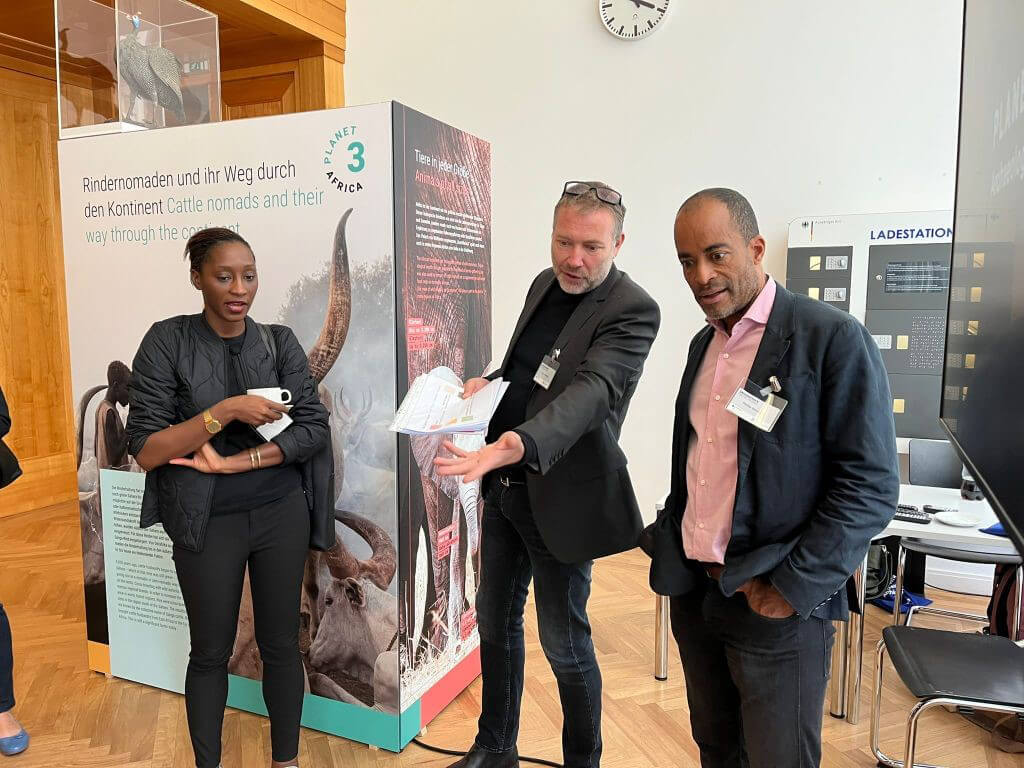
Jörg Linstädter (center, Director KAAK) explains the exhibition concept to Ore Disu (left, Director Pavilion) and Philipp Ihenacho (right, Speaker EMOWAA trust) (Photo: Ewa Dutkiewicz).
-
May 31, 2022 Planet Africa – State of the Art
A lot has been happening behind the scenes of the Planet Africa exhibition over the past few months. The team has been working at full speed to complete the pilot. At the beginning of May the time had come! The trailer as well as the introductory film and the animated slideshows for module 3 were completed. Digitally, the first wall designs for three presentation boxes have already been created. These boxes are the central elements and guide the visitors through the six topics of the exhibition by using films, slideshows, images and texts.
The end of the pilot phase also marks the launch of social media channels such as Twitter and Instagram. In addition to the regular blog posts, our day-to-day work is documented there, the team is introduced, and exciting previews of the exhibition are provided. In addition, the content of the remaining thematic modules is now being developed. This includes the formation of local committees in African partner cities as well as the selection of African street artists who will design the key visuals of the individual thematic modules.
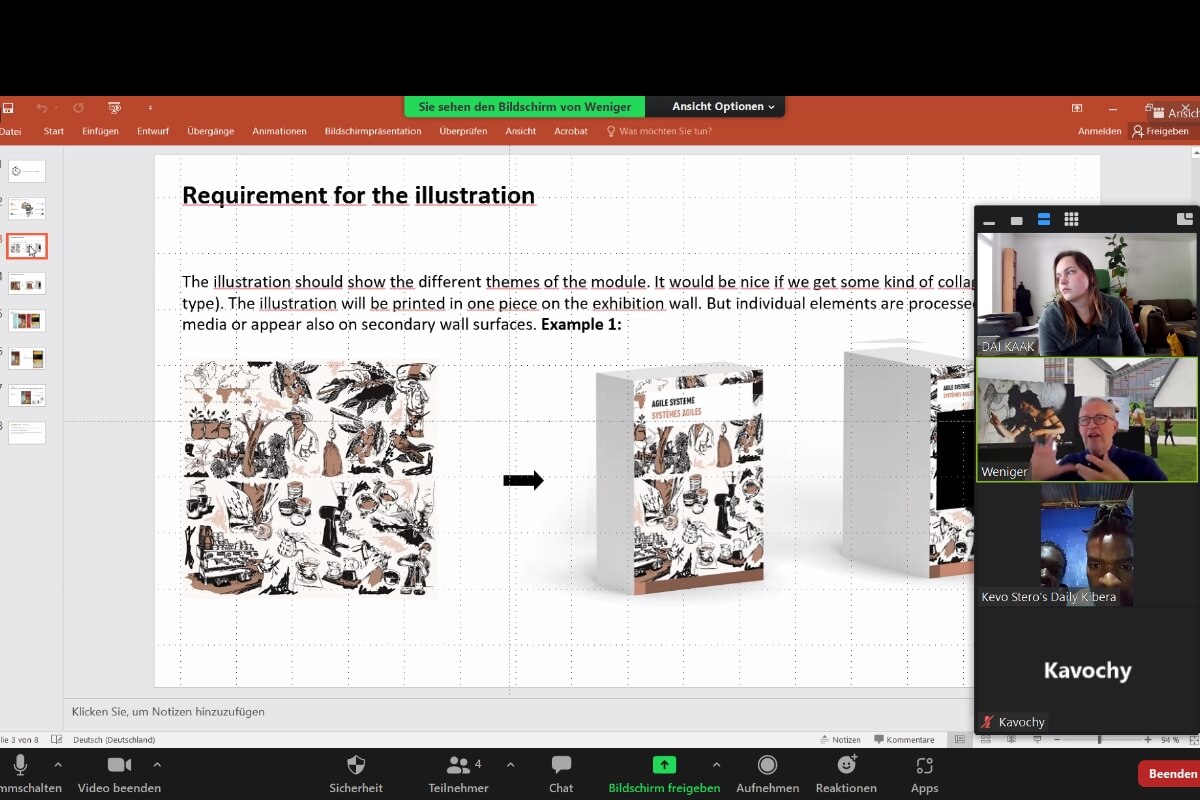
Digital meeting with the artist collective MAASAI MBILI (Kenya).
At the annual reception of the German Archaeological Institute on May 11, 2022, Jörg Linstädter, the Executive Director of the Commission for Archaeology of Non-European Cultures, gave the keynote speech. The event took place both in presence and online. Part of his lecture was also the presentation of the Planet Africa exhibition and the trailer. The audience was enthusiastic about the progress and conception of the exhibition and there was a lively discussion at a get-together afterwards.
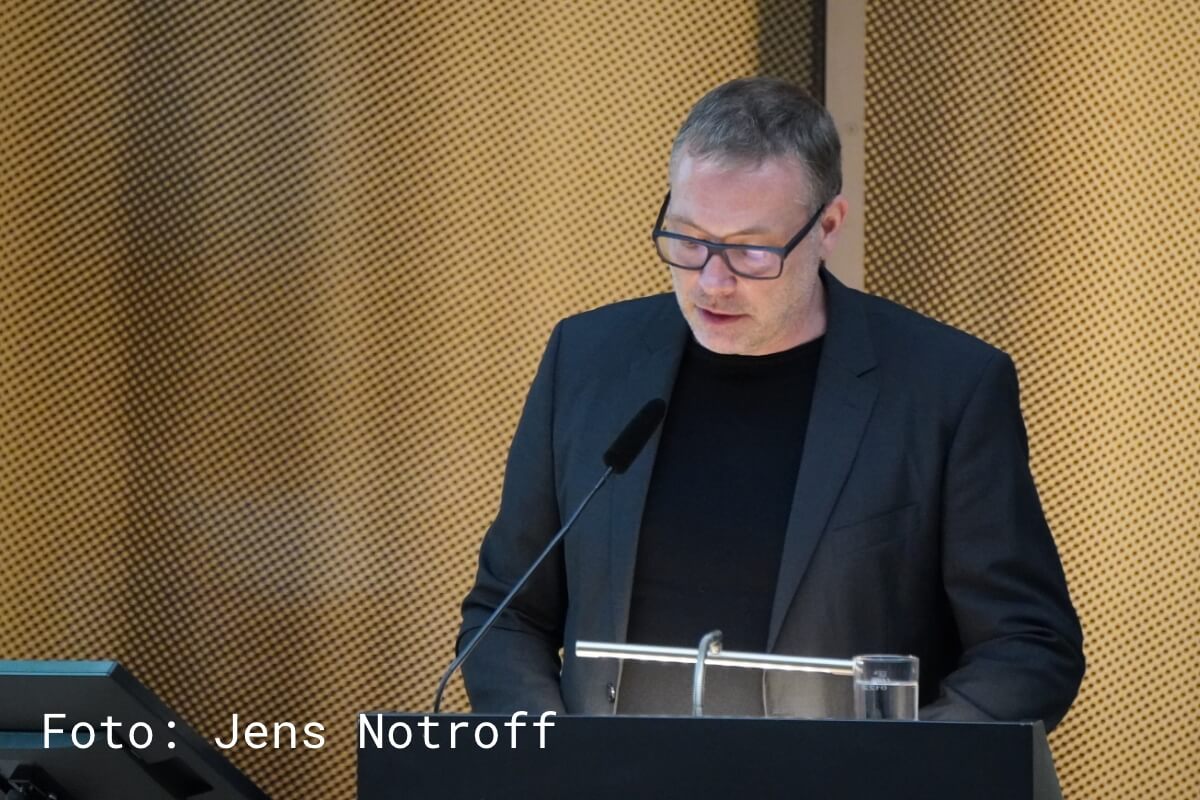
Jörg Linstädter gives the keynote speech at the annual reception of the German Archaeological Institute in Berlin.
Ein weiterer Meilenstein wurde mit dem Bau von zwei Präsentationsboxen des Modul 3 erreicht. Diese vorab gebauten Testboxen dienen als „proof of concept“ und werden erstmalig auf der internationalen Konferenz „Groundcheck - Klima, Krise, Archäologie“ des Auswärtigen Amts in Berlin zu sehen sein. Von dort aus ziehen sie in das MVF, Berlin und werden 2024 in die Ausstellung integriert.
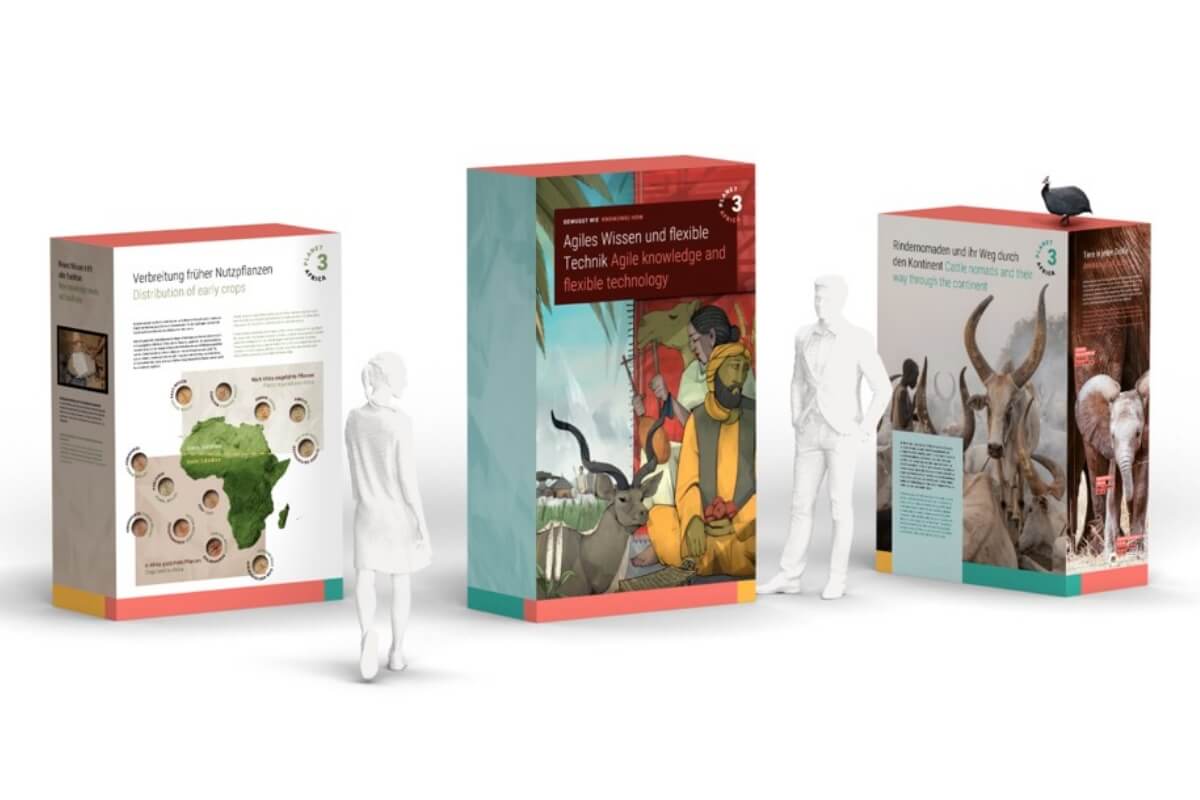
Presentation boxes of the module 3.
-
23. March 2022 Planet Africa – pilot project of a new exhibition concepts
More ›